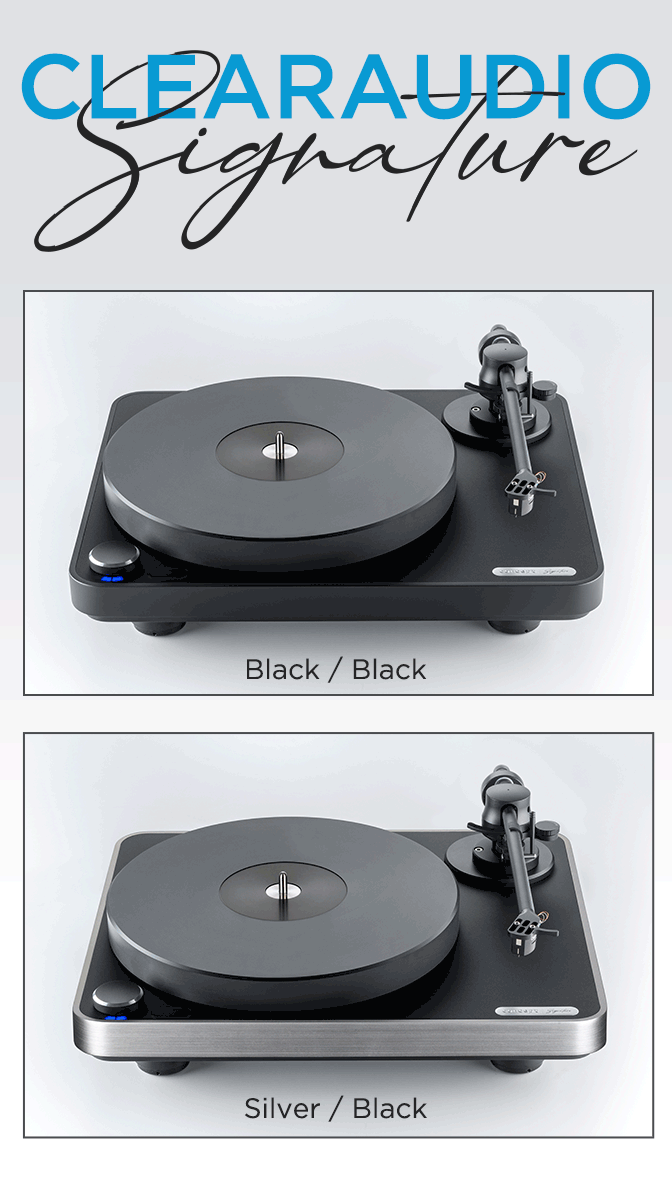Rhino Reserve Series' "Otis Blue/Otis Redding Sings Soul" Is the One to Have
mono mix is definitive
Rhino Records' new Reserve series, sold direct from the Rhino online store are cut from original master tapes by Chris Bellman at Bernie Grundman Mastering and pressed at Fidelity Record Pressing in Oxnard, CA. Most are not in the sonic realm of the "High Fidelity" series but most musically surely are, including this one, which can be ordered now but drops this June 27th.
They cost $31.98, which, when taking inflation into account, means these sell for around $6.00 more than what they originally sold for. This Otis Redding album, which had a list price of $3.98 or around $36.00 in today's dollars was often discounted to $2.59, or around $26.50. For the extra 5 or so dollars you get a much better mastered and pressed record. Only the jacket takes a slight hit here: it's not paper on cardboard, which is a way Rhino can bring this series in for less than its more deluxe Rhino High Fidelity series. These Fidelity Record Pressing pressings are uniformly outstanding.
That out of the way, Otis Blue/Otis Redding Sings Soul is an essential record in any serious collection of 20th century popular music, as most Tracking Angle readers already know. Most also already know that Redding was a member of Johnny Jenkins's Pinetoppers and the group's driver and following a recording session at STAX in Memphis he sang a few of his own tunes that caught the ear of STAX exec, producer and co-owner Jim Stewart.
This was his third album released on Volt, the Stax subsidiary. Almost all of it was recorded within 24 hours, with the 23 year old Redding backed by Booker T. and the M.G.s plus Isaac Hayes on piano, with brass supplied by the Mar-Keys and Memphis Horns. The opener, "Ole Man Trouble" had been recorded earlier and "I've Been Loving You Too Long" originally recorded in mono only with Booker T. on piano was re-recorded for the "stereo" version that puts his voice hard right, with guitar and drums and horns mostly hard left. Redding of course was on fire but the take is kind of lethargic compared to the mono original. The entire record is in that kind of "stereo", with a bit of echo added, which is why the far more cohesive mono mix is preferable.
Redding covers three Sam Cooke songs (Cooke had died the previous December), Smokey's "My Girl" and among others, a then surprising and genre-breaking "Satisfaction" that helped Redding reach across the racial divide. The landmark tune of course is the original "Respect" later flipped by Aretha Franklin, but Redding's cover of Cooke's "Change Gonna Come" is also memorable.
Redding crossed way over playing Monterrey Pop two years later and then 3 years to the day plus one following Sam Cooke's death, Redding died in a plane crash in Wisconsin along with members of his band. Three days earlier he'd recorded “(Sittin’ On) The Dock of the Bay”, showing a new, more reflective soul who'd posthumously have his biggest hit.
What a sad, sad song.












































.png)








